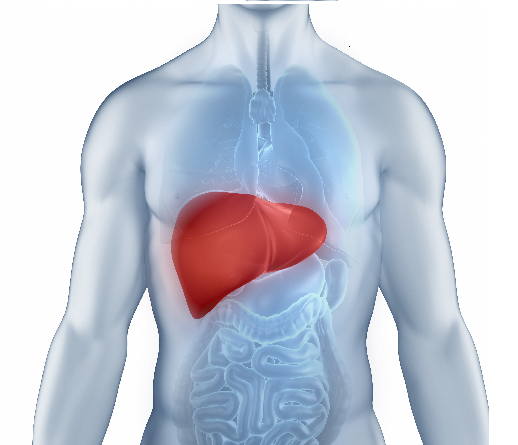Cardiac Arrest: Causes, Symptoms & Treatment
What is Cardiac Arrest?
Cardiac arrest is a serious cardiac event that occurs when our heart stops beating or beats so quickly that it stops pumping blood to the body. Cardiac arrest is an electrical issue that causes rapid, abnormal impulses to override the heart’s natural rhythm.
In cardiac arrest, the person will stop breathing and lose consciousness almost immediately. The survival chances can be increased by immediately performing cardiopulmonary resuscitation (CPR) and using an automated external defibrillator (AED).

What are the symptoms of cardiac arrest?
The symptoms of cardiac arrest start suddenly without warning, and the condition can become fatal within minutes.
The first symptom of cardiac arrest is usually fainting or loss of consciousness. In the situation of cardiac arrest, a person has no detectable heartbeat. Few people may experience other signs and symptoms before losing consciousness, such as
- Rapid heartbeat
- Dizziness
- Lightheadedness
- Chest pain
- Shortness of breath
- Nausea and vomiting
What is the difference between heart attack and cardiac arrest?
Heart attacks are caused when the flow which brings oxygen-rich blood to the heart is severely reduced or blocked completely, whereas cardiac arrest is caused when the heart’s electrical systems malfunction. Both heart attack and cardiac arrest are quite serious, but in cardiac arrest, death can happen quickly if proper survival steps are not taken right away.
Heart attack increases the risk of cardiac arrest and is one of the most common risk factors for cardiac arrest.
What are the causes of cardiac arrest?
The causes of cardiac arrest include:
- Ventricular fibrillation
- Ventricular tachycardia
- Bradycardia
- Scarring of the heart tissue
- Cardiomyopathy
- Heart attack
- Coronary artery disease
- Heart failure
- Illegal drugs
- Severe illness or injury with heavy blood loss
- Certain medications
- Electrical abnormalities such as Long QT syndrome
- Blood vessel abnormalities
The common causes of cardiac arrest in a child are:
- Congenital heart disease
- Respiratory illness
- Severe injury
- Infectious diseases
What are the risk factors of cardiac arrest?
The risk factors for cardiac arrest are:
- Previous heart attack
- Coronary artery disease
- Family history of cardiac arrest
- Smoking
- High cholesterol
- Obesity
- Diabetes
- A diet high in sodium, sugar, and fat.
- Overuse of alcohol
How is cardiac arrest treated?
Cardiac arrest is a medical emergency, often fatal if not treated immediately. Emergency cardiac arrest treatment steps include informing on the emergency response number and:
- Cardiopulmonary resuscitation (CPR) is a vital treatment to improve survival rates. Cardiopulmonary resuscitation (CPR) is performed with rescue breathing and chest compressions. It delivers oxygen to the lungs and circulates oxygenated blood until a functional heartbeat and breathing can be restored.
- Automatic external defibrillator (AED) delivers an electric shock to the chest. The shock stops the abnormal impulses and restores the normal impulses of the heart. An Automatic external defibrillator (AED) does not release the shock if there is no abnormal heart rhythm. As a result, they are safe for anyone to use, with or without training. If an Automatic external defibrillator (AED) is unavailable nearby, continue administering Cardiopulmonary resuscitation (CPR) until the emergency responders arrive.
Disclaimer:
This blog is for informational purposes only and should not be construed as advice or as a substitute for consulting a physician. It is not a substitute for medical advice or treatment from a healthcare professional.













